Room Type: Standard Room
Best time to Travel: December to June
Duration: 3 Nights/4 Days
Meal Plan: Breakfast
Accommodation:
Chancellor @ orchard
Starting from ₹60,058 / Per Couple
Tour Highlights:
Singapore City Tour
Night safari
Gardens by the bay
Marina bay sands sky park
Standard Room or upgrade room as per request
Best time to Travel: February to April
Duration: 3 Days
As per Itinerary
Starting from ₹93,758 / Per Couple
Itinerary
Get to know the Lion City on this immersive tour. Upon arrival at Singapore Changi Airport, we will be met by our local guide and driven to the hotel for check-in. We then have the rest of the day at our leisure to explore this vibrant island that serves as one of South-East Asia’s major commercial hubs.Boasting a modernistic skyline, sprawling parks and greenspace and abundant attractions, there is plenty to keep you entertained.
Enjoy A Luxury Travel Experience
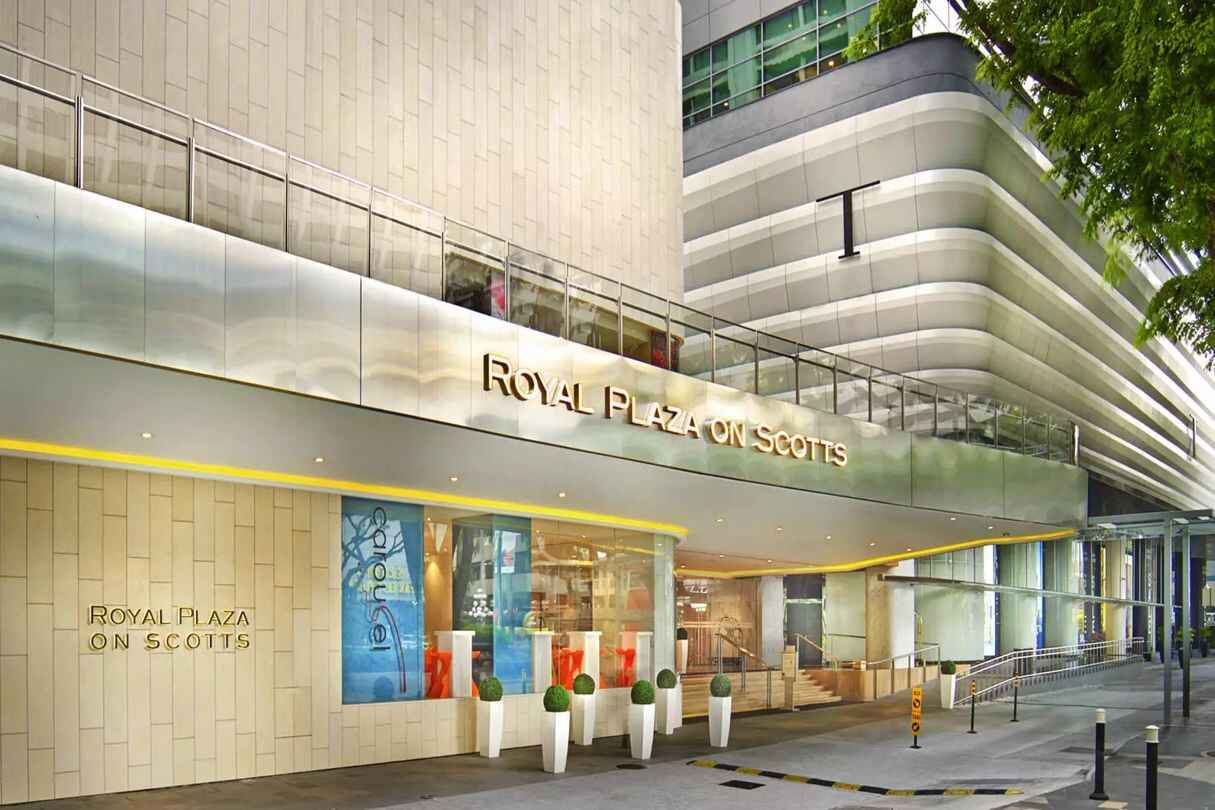
Royal Plaza On Scotts Singapore
Singapore
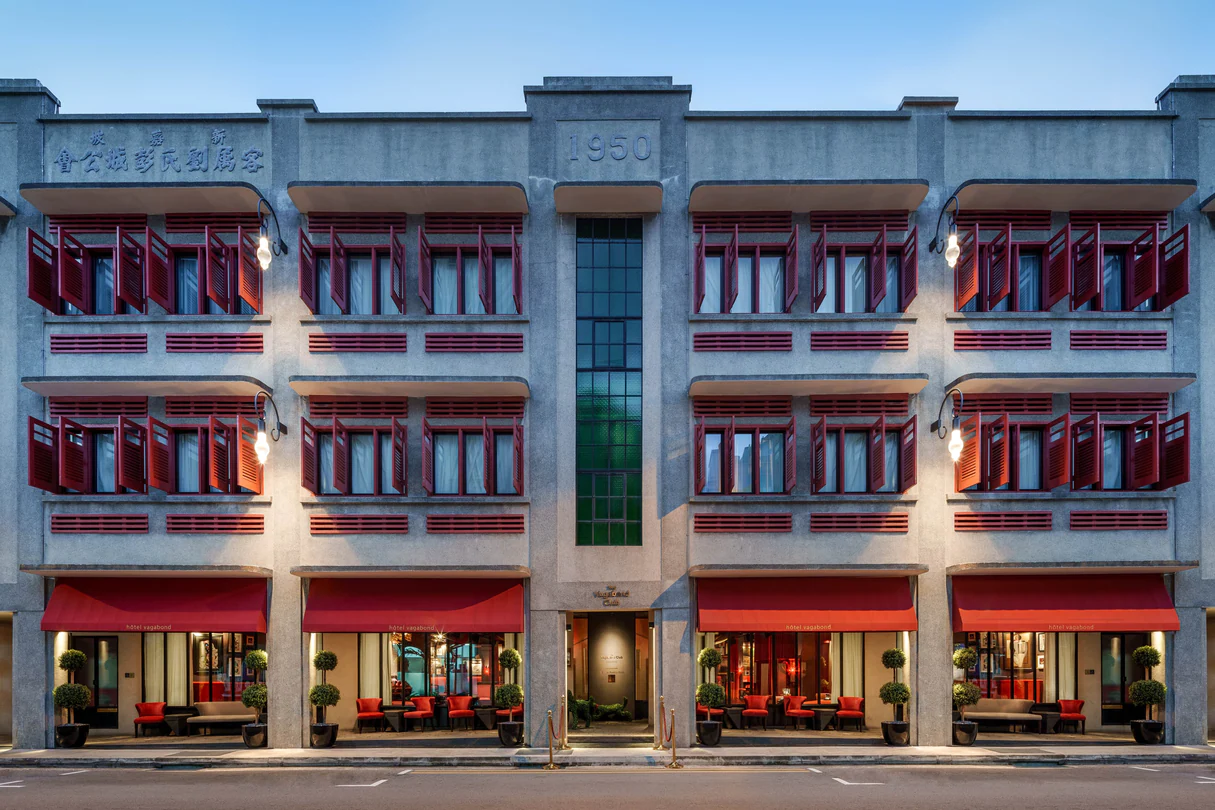
The Vagabond Club Singapore A Tribute Portfolio Hotel
Singapore

Singapore Marriott Tang Plaza Hotel
Singapore

Sheraton Towers Singapore
Singapore
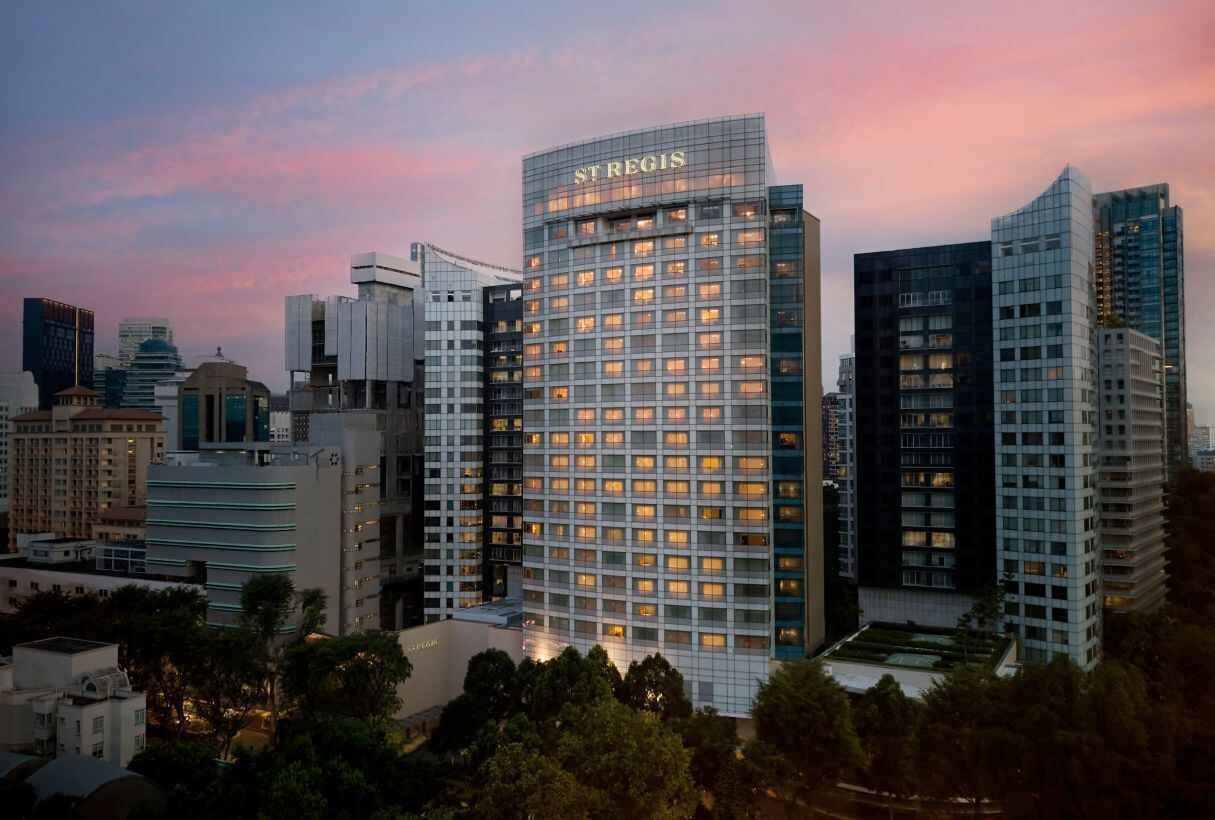
The St. Regis Singapore
Singapore
-
Attractions OverviewSingapore's sightseeing attractions reflect the diverse population which calls the country home. In downtown Singapore, the communities of Little India and the Arab District give an exotic cultural spice to a country ultimately known more for urban planning and a high-tech economy than its history. Similarly, Chinatown stands out with its traditions and vibrant decorations in contrast to a very modern city. The creative achievements of this modernity can be viewed at the Red Dot Design Museum, the many shopping malls and the Gardens by the Bay, a fascinating marriage of technology and nature.To escape the urban rat race tourists can enjoy numerous stunning gardens and parks, including the Singapore Botanical Gardens,the Chinese and Japanese Gardens, the Jurong Bird Park and the Singapore Zoo.Probably the best way to experience nature within the city limits is a visit to Bukit Timah Nature Reserve,where swathes of tropical rainforest have been preserved. For others ferrying between islands can be the best escape. Sentosa Island is a fun theme park with myriad attractions, including beaches, aquariums and amusement parks like Universal Studios Singapore. The more relaxing Palau Ubin island is interesting for its Malay culture and is an ideal spot to go cycling or hiking along unspoiled beaches and through the forested interior.Visitors planning a lot of travel around Singapore should consider purchasing the Singapore Tourist Pass,which allows unlimited transport on the bus and train systems.The Raffles Hotel is a grand Victorian edifice rising from the pavements of the colonial district. Its elegant charm has enticed writers and entertainers such as Somerset Maugham, Rudyard Kipling, Joseph Conrad, Alfred Hitchcock, Ernest Hemingway and Charlie Chaplin.Singapore Slings have become the hallmark of the Long Bar and they may not be cheap or as original as they once were but they certainly are tasty. Here ceiling fans whirr above the heads of expatriates and tourists as they sip smart cocktails in superb colonial comfort. The Tiffin Room is best known for its afternoon teas and sumptuous Saturday night buffets.and tonics alongside the odd game of snooker can be enjoyed at the Bar & Billiard. There are about 15 restaurants and bars at the Raffles Hotel and reserving a table for a meal is the best way to experience the place if you are not a resident. Other distractions include an upperlevel museum containing vignettes and photographs on the lives of Charlie Chaplin,Elizabeth Taylor, Richard Burton and Noel Coward, as well as a Victorian-style playhouse and numerous specialty shops and restaurants. One of the world's most famous hotels, the Raffles offers luxury, history and impeccable service.Chinatown is set against the backdrop of Singapore's modern infrastructure and the prosperous financial district. It is a crowded and colourful network of streets and alleyways contained by Upper Pickering Street, Cantonment Road, New Bridge and South Bridge Road.The area is a receptacle of traditional Chinese customs that were carried to Singapore by immigrants in Chinese Junks from the provinces of Guangdong and Fujian in the early 19th century. Temples, terraces, markets and shops still provide a glimpse of the old ways but much of its original character has been lost in the redevelopment of the past 30 years.Xuan's Teahouse provides a fascinating insight into the ancient, ritualistic art of tea-making, while a visit to the Thian Hock Keng Temple leaves one in awe of Chinese traditions of worship and symbolism. Many medicinal shops in the district sell traditional healing paraphernalia. Here snake skins are blended with herbs and spices to produce powerful potions for various ailments. The streets are a delight for bargain hunters looking to buy kimonos, jewellery, t-shirts, pottery and traditional crafts. Tanjong Pagar is the area best known for its traditional crafts such as painted masks, paper umbrellas, clogs and kites. Electronic goods, luggage, textiles and other more conventional products can be found in Chinatown's modern section located at the intersection of Cross, New Bridge Road and Eu Tong Street.The first Indian settlers in Singapore arrived with Sir Stamford Raffles in the early 19th century, bringing with them colourful silks, aromatic spices, incense and other accoutrements of Indian culture. They worked on the roads and helped build the infrastructure of the city,settling within the ethnic enclave that has become known as Little India. The area is delineated by the north-south Serangoon Road, which runs parallel to Race Course Road. Its eastern end stretches to Jalan Besar. Temples, busy restaurants, curry spices, jasmine garlands and the exotic hues of silk saris fill the vibrant streets to create a colourful and pungent atmosphere. The colourful buildings make for wonderful photo opportunities and it is fun to do things like get henna tattoos and have your fortune told, or simply shop around for bargains in the many shops. Most people come to Little India for the food, however, which tends to be remarkably cheap and invariably comes in huge portions. Little India is at its best during traditional festivals, particularly the Hindu Festival of Lights, when the area is festooned with decorative lighting displays.Kampong Gelam is said to have taken its name from the Gelam tribe of sea gypsies who lived in the original Malay village southwest of the Rochor River. Sir Stamford Raffles allotted the area as an ethnic enclave to the Muslim population and it became the focal point for Arab trade and traditional Malay culture in Singapore. Baghdad Street, Muscat Street and Haji Lane resonate with tradition as cane, straw, rattan and pandan leaf goods spill out onto the streets. The variety of fabrics flowing onto the pavements of Arab Street include chiffon, silk, cotton georgette and the batiks of Indonesia and Malaysia.Located between Kandahar and Aliwal streets is the Istana Kampong Gelam. It was built as the royal palace of Sultan Ali Iskandar Shah, the son of Sultan Hussein, who negotiated the handover of Singapore to Britain. The government recently took possession of the building with plans to transform it into a Malay heritage museum. Another significant building in the area is the Sultan Mosque. The glistening necks of the domes are decorated with the bases of thousands of glass bottles. It is a wonderful district to stroll through, especially in the morning or the evening.The Singapore Zoo has been thoughtfully created to simulate the natural habitats of its resident animals. Eight zones recreate the geographic regions of the animals indigenous to them, including the South East Asian rainforest, African savannah, Nepalese river valley, Burmese jungle, and South American pampas. These vistas can also be explored after daytime during the famous Night Safari, billed as the first of its kind. Conceived of as a way to allow visitors to observe nocturnal animals 'acting naturally', the Night Safari is one of Singapore's most popular touristic activities.The method in which this has been achieved is typically ingenious: the zoo is closed during the day so the animals' sleep isn't disturbed, and at night it is lit by soft lighting that resembles natural moonlight.The zoo can be explored along its meandering walking trails or from the comfort of a tram that winds its way along a circular route. It is home to more than 2,000 animals representing over 240 species, the highlights of which include the Komodo dragons, polar bears and the many primates. Animal shows are held daily, and children can enjoy camel rides or share food with an orangutan in the zoo's Children's World section. A Guide to the Zoo is available on arrival with details of feeding times and other activities. It includes a map and suggested itineraries incorporating the major shows and attractions.The park is contained within a 20-hectare (49-acre) stretch of land in the Jurong Lake area. It is one of the world's most extensive bird collections and the largest in South East Asia. Eight thousand birds of about 600 different species inhabit the park, ranging from Antarctic penguins to New Zealand kiwis. Walking trails meander through the tropical landscape, allowing visitors to feel as though they are exploring in the wild. Incredible sights to look out for include the Waterfall Aviary, which at 98ft (30m) is one of the world's highest manmade waterfalls. The Penguin Parade has a large pool set against a landscape of rocks, cliffs, nesting alcoves and burrows; it has a viewing gallery where visitors can see penguins 'flying' underwater through a 98ft (30m) wide window.The South East Asian Bird Aviary is a breathtaking spectacle that includes the experience of a simulated thunderstorm. Other bird shows feature flamingos, macaws, hornbills and cockatoos. The park also includes facilities for young children to enjoy including the fun Splash 'n Slide Station. The birds are at their most active and entertaining at feeding times and it is a good idea to time your visit to coincide with these - check the official website listed below for the feeding schedule.Singapore certainly is a vibrant place, and in many ways Orchard Road is the city-state's beating heart. The retail and entertainment centre of Singapore, 'Orchard' (as the surrounding area is commonly known) is as popular with locals as it is with foreign visitors, and for many years has been Singapore's prime tourist hotspot. At the southern end of Orchard Road you will find The Istana (the official residence of the Singaporean president), and at the northern end the immensely popular Botanic Gardens; while in between there is a pulsing street lined with pedestrian malls and department stores, offering some of the best shopping opportunities in AsiaMust-see places include Tangs, the first upmarket department store in Singapore, and the Tanglin Mall, which features an enormous food court that is incredibly popular with tourists and expatriate workers in Singapore. There is an almost inexhaustible range of stores and boutiques in Orchard Road, and plenty of upmarket cafes and restaurants serving international cuisine of the highest order. Make sure to leave some room in your suitcase, as shopping in Orchard Road is an irresistible tourist activity in Singapore.The Singapore Art Museum (SAM) is housed in a beautifully restored building (formerly St Joseph's School for Boys) which stands serenely on Bras Basah Road. The old colonial building contrasts pleasantly with the wide selection of contemporary and pop art. The museum has 14 galleries that showcase the national art collection and play host to a range of special exhibitions and outreach programmes. More than 7,000 artworks represent the largest collection of 20th-century Southeast Asian art in the world, but most of the exhibitions at SAM are temporary and the museum changes drastically every few months which makes it supremely re-visitable.To find out what exhibitions are showing during your stay check out the official website listed below. Tours with knowledgeable volunteers are available in English, Japanese and Mandarin. The Singapore Art Museum is actually a very good rainyday attraction for those travelling with kids in Singapore as the museum has a large interactive section dedicated to children. There is also a pleasant cafe at the museum for refreshments, and a fantastic museum shop selling all sorts of merchandise that will excite lovers of design.Singapore's Botanical Gardens sweep across an area of 52 hectares (128 acres) constituted by primary forest and specialty gardens in close proximity to the city centre. The National Orchid Garden is the world's largest orchid garden, featuring more than 20,000 varieties set among water features and an exotic bromeliad collection from South and Central America. The park also contains many rare plant specimens in addition to the specialty gardens decorated with frangipanis, roses, ferns and desert plants.Outdoor concerts in the gardens can be enjoyed on the Symphony Lake or French cuisine can be savoured at the Au Jardin restaurant.Because the gates open so early the gardens are the perfect place for some morning exercise in Singapore and in the morning the grounds are full of dog-walkers, runners and yoga and tai-chi practitioners, creating a stimulating, active environment. The Jacob Ballas Children's Garden is located at the quieter northern end of the gardens and has its own visitor centre and cafe - here those travelling with kids will find a playground, some tree-houses and a maze, as well as some educational, interactive exhibits. The gardens are consistently one of the most popular attractions in Singapore, loved by both locals and tourists.Singapore and Rio de Janeiro are the world's only two cities to contain primary rainforest within their boundaries. Bukit Timah is located seven miles (12km) from Singapore's centre and provides a wonderful opportunity to experience the region's tropical rainforest without travelling into rural areas. It is a 164-hectare (405-acre) reserve preserving a variety of tree and animal species including flying lemurs, long-tailed macaque monkeys and anteaters. Designated walking and cycle trails undulate through the dense jungle and its highest point is marked by Bukit Timah at 538ft (164m).Visitors should resist the natural urge to just automatically take the main route to the summit, as the side routes and detours often traverse the best scenery. The trails are very well-maintained and visitors can choose to go for a gentle stroll or a high intensity hike depending on fitness levels. Those hoping to climb Bukit Timah should note that the ascent is steep with many steps. It is best to start exploring early in the morning to avoid the midday heat, but the forest is usually pleasantly cool compared to the city. Park authorities warn travellers not to explore the park when it is stormy as falling trees and branches can be very dangerous.Traditional Chinese and Japanese landscape design is gorgeously represented in these neighbouring gardens, which provide a tranquil retreat from the city and take hours to explore thoroughly. The grounds are huge and immaculately well-maintained and will delight gardening enthusiasts. The Imperial Sung Dynasty style is clipped to perfection within the 13-hectare (33-acre) Chinese Garden. It boasts the world's largest Suzhou-style Bonsai garden outside of China, containing more than 1,000 plants. There is also a seven-storey pagoda which affords views of the city and a number of graceful bridges spanning the water.The symmetry and simplicity of Zen aesthetics is the motif of the Japanese Garden with its peaceful rock gardens and summerhouses.It is interesting to compare the landscaping traditions of the two cultures, and the difference is so striking that you are immediately aware when you move from one to the other. There is a wealth of bird life in the gardens and visitors will likely see animals like monitor lizards, squirrels and fish. There is also a Live Turtle and Tortoise Museum which is a great stop for those travelling with kids in Singapore. You can buy drinks in the gardens but no food is available so pack your own if you want to make a day of it.This theme park island is a popular weekend excursion and one of the most visited attractions in Singapore, receiving a whopping five million visitors a year. A day's fun could easily turn into an overnight stay in any one of the hotels or camping sites. The island is enveloped by a high-speed monorail and linked to downtown Singapore by a 1,640ft (500m) causeway and cable car system. Entertainment ranges from soaking up the sun on the imported-sand beaches to visiting a variety of entertainment areas. From a moving walkway one can experience the sea life of The Underwater World and Dolphin Lagoon.The images on display in the Singapore Exhibition explore Singapore's history in life-size dioramas. On the furthest western point of the island lies Fort Siloso, from which Singapore guarded its territory against invading Japanese forces. Other attractions include the Merlion, the Musical Fountain and the Sentosa Luge. A distinctive landmark is the Carlsberg Sky Tower, Asia's tallest free-standing observation tower, which affords the best views of Singapore as well as breathtaking vistas across Sentosa and the Southern Islands, and even Malaysia and Indonesia in the distance on clear days.It was here, during World War II, that Allied Prisoners Of War soldiers (POWs) were subjected to harsh treatment at the hands of their Japanese captors. Changi Prison is still in use as a correctional facility and it is now the place of execution for convicted drug offenders. Half a mile (1km) from the old site, next to the prison, is the new Changi Chapel and Museum. The complex is dedicated to all those who suffered and died in Singapore during the war and the war graves are a sombre and moving reminder of the sacrifice made by many. The display of photographs, letters, drawings and other personal artefacts in the museum are a profound tribute to the tragic legacy of the Japanese occupation.During the occupation, which spanned three and a half years, more than 50,000 civilians and soldiers were captured and imprisoned. Visitors have access to a variety of videos and literature relating to the war years. A British POW returned to the museum to faithfully recreate the chapel murals which gave the prisoners hope and comfort during their incarceration and seeing them is one of the highlights of the trip. To peruse the artefacts properly you will need at least two hours.The island of Ubin is Singapore's second largest offshore island and provides a peaceful interlude to the city's bustle. The island can be reached by traditional bumboat from the Changi Point Ferry Terminal and the boat ride is fun in itself. The boat docks at Ubin village, a Malay settlement where houses perch serenely on stilts above the beach sand and mangrove. Beyond this point one can explore the island by mountain bike and enjoy its pristine beaches fringed with coconut palms, its variety of seafood restaurants and restful Buddhist temples scattered here and there.There are numerous hiking and biking trails to enjoy. The island was once used for mining granite, which went into the construction of the main causeway between Malaysia and Singapore, among other things, but today the mines have been submerged by lakes and overgrown by jungle and the island feels as though it has been reclaimed by nature. Ubin gives visitors a taste of what the main island of Singapore must have looked like before it became a sparkling urban playground, with the coastal and rainforest ecosystems intact and traditional village life preserved to some extent.Haw Par Villa is a theme park containing more than a thousand statues and 150 giant dioramas depicting scenes and characters from Chinese mythology and folklore. Located along Pasir Panjang Road, Haw Par Villa was previously known as Tiger Balm Gardens and subsequently renamed after its original owners. The Aw brothers, Boon Haw and Boon Par (who made their fortune from the well-known Tiger Balm ointment) opened the park in 1937. This is an odd tourist attraction which will appeal to those who enjoy the weird and unique. Some of the statues are grotesque and all are gaudy.The coup de grâce of the park is the Ten Courts of Hell exhibit, which features gruesome depictions of torture, pain, suffering and all sorts of physical degradations in accordance with the descriptions of hell in Chinese legend. There are also milder attractions like mythical creatures, sumo wrestlers and the animals of the zodiac. It is a bit rundown but provides laughs and some wonderful photo opportunities and children love the bright colours and magical stories - although if you are visiting with kids you may want to keep them out of the Ten Courts of Hell, which is enclosed in its own area and can be easily avoided.This area of Saigon, located in District One, is known as South Vietrnam's backpacker district. Stretching along the streets of De Tham, Pham Ngu Lau and Bui Vien, Pham Ngu Lao is often compared to the more famous Khao San road of Bangkok, this district, similarly, is an amalgamation of bars, guesthouses, restaurants, souvenir shops and small travel agencies.Known also to be an expat playground, these bars stay open later than most in the city. The prominent Go2 Bar is the most popular among tourists but dozens dot the area.Day trips to the Mekong Delta or the Cu Chi tunnels are easily organised in any of the travel agencies as well as transport to most of Vietnam. Although prices vary the trips usually are the same despite the agency.The perfect place for active and enquiring young minds, the Singapore Discovery Centre is a great place to bring the kids for the day. Children will love the colourful exhibits which will teach them all about Singapore's past and present in fun and informative ways. With popular permanent exhibitions and constantly changing temporary attractions to keep things fresh and exciting, visitors will have a hard time deciding where to start, from 4D movies to exhibits you can touch and interact with, children will love the Singapore Discovery Centre. Many of the attractions are aimed at young teenagers and include not just interesting information on Singapore but fun activitiesthat will get kids thinking about career choices: visitors can experiment with town planning, using Singapore as a model; try out being a TV reporter by reading the news on film; be a general on a battlefield for a day with an immersive game; learn traditional Singaporean dance moves in a digital dance studio; and play games designed to test entrepreneurial ability. There is even a theatre which explores what to do in emergency situations like a terrorist attack. Adults will also enjoy the Discovery Centre and will be delighted with the educational entertainment for their families.The 'Temple of Heavenly Bliss', the Thian Hock Keng Temple is the oldest and most important of the Chinese Hokkien temples in Singapore. Construction was completed in 1842, in a traditional southern Chinese architectural style, with not a single nail used in its construction. The temple stands where Singapore's waterfront used to be before the land was reclaimed and the main temple is dedicated to Mazu, the Taoist goddess of the sea, to whom Chinese immigrants gave thanks for a safe journey to Singapore. The elaborate doors are guarded by tigers, lions and Door Gods and beyond this gateway there are two courtyards and a series of shrines and pagodas.Those who want to pray should ask for assistance in selecting the right altar or shrine for the kind of prayer they want to make. The temple contains many beautiful statues and altars, and a centre for the creative arts that hosts dance, acting, and music lessons. There is a pagoda behind the temple gate that makes a perfect spot for a cool drink in the shade. The temple is generally quiet and tranquil, unlike many others tourists might visit, and although it isn't a must-see for visitors any traveller interested in such things should find it fascinating.The Asian Civilisations Museum is one of Singapore's finest, most comprehensive museums and one of the most popular tourist attractions in the city. Its permanent collection consists of furniture, jade, porcelain, fine arts, and other artefacts covering 5,000 years of the region's history, with exhibitions illustrating Chinese, Islamic, and South Indian culture. As the name suggests, the museum explores broader Asian cultures and histories, rather than just that of Singapore. Some of the artefacts are genuinely beautiful and the exhibitions provide great insight into trade and exploration in Asia, documenting the meeting points of various cultures.There are also regular temporary exhibitions which can be extremely impressive.English audio guides are available, with headphones provided, and free guided tours in English are available from Monday to Friday, usually at about 11am and 2pm, on Friday evenings at 7pm, and on Saturdays and Sundays at 11am, 2pm and 3pm. On Friday nights, during the extended opening hours, tickets are half price. There is a museum gift shop and apleasant restaurant next door, perfect for a drink or a bite after your visit. The museum is at its most pleasant on mornings during the week, when it is not crowded.Singapore's equivalent of the London Eye, the Singapore Flyer is an enormous Ferris wheel that doubles as an excellent urban observation point. The Flyer is an incredible 42 storeys, or 541 feet (165m) high, making it one of the largest Ferris wheels in the world, a full 98 feet (30m) taller than the London Eye. The chief reason to take a trip on the Flyer is the view of Singapore's sleek cityscape that it affords: views of Marina Bay and Singapore River are punctuated by notable landmarks such as Raffles Place, Merlion Park, the Empress Place and the Padang. Locals say that on clear days you can even see out as far as the Indonesian islands of Batam and Bintan; while a night-time trip on the Flyer turns the bustling city into aglittering light show.The Singapore Flyer is housed in a large terminal building that also includes bars, restaurants and shops, as well as fun kid's attractions like flight simulators and an indoor tropical forest. A sure bet for a great day out in Singapore for the whole family, the Singapore Flyer is a fantastic introduction to the city for first-time visitors. If the stunning views are not enough of a diversion for you, it is possible to enjoy cocktails or a luxurious four-course meal on the Flyer, or even to get married with the panorama of the city as a backdrop to your vows!Singapore's Gardens by the Bay consists of three distinct waterfront gardens in the city's Marina Bay area. The initiative was started as a means to transform Singapore from a mere 'Garden City' into a 'City in a Garden' and is intended to provide a holistic and sustainable way to keep Singapore green, and to provide its inhabitants with outdoor areas where they can relax, exercise and picnic in communion with nature. The Gardens themselves have a couple of interesting features, not least of which are the space-age Supertrees - tree-like mechanical structures that reach up to 165 feet (50m) high, and which harness solar energy to perform a multitude of functions such as planting, shading, managing rainwater resources and even acting as the 'lungs' of the Gardens' immense cooling system.There are also horticultural-themed gardens featuring exotic ferns and orchids, which aim to educate the public about the preciousness of natural resources. A true 'Garden of the Future', visitors to Singapore should check out the Gardens by the Bay for their technological interest alone. The vast lawn area is often used for outdoor events like live music concerts and is a wonderful venue. The incredible Cloud Forest is another highlight, including the highest indoor waterfall in the world. There are about 10 restaurants in the grounds, many with breathtaking views.Singapore's neighbourhood of Geylang is strange in that although it looks and feels like a typically 'Asian' neighbourhood, it is actually quite different from the rest of Singapore, which has seen great gentrification and modernisation over the last 40 years or so. The rows of shop-houses bedecked in neon lights, the bustling streets, the curbside food stalls, and masses of karaoke bars present visitors with an urban environment quite distinct from the sleek lines of the concrete-and-glass inner city buildings, while the Geylang Serai market is a prototypical Asian 'wet market', featuring hanging meat and buckets of flapping fish.This grit (and slight seediness) is even more obvious at night, when Geylang's other distinguishing feature becomes most apparent: that it is home to Singapore's only established red-light district.Geylang is a very popular neighbourhood for backpackers (accommodation is usually much cheaper in Geylang than in other areas) and for travellers who find the ultra-modern city centre a bit alienating, and who are craving a more authentic experience of Asian city life. It is also a good place to go to if you're looking for a party, because although Singapore's nightlife mostly consists of expensive drinks in glamorous bars, Geylang is a riot of alcohol and fun and a good time can be had very cheaply in comparison to the rest of the city. To experience a side of Singapore which is not air-conditioned and shining with cleanliness head for Geylang.Drawing an astounding two million visitors in its first nine months open, the theme park and resort area of Universal Studios Singapore is proving to be as popular as its counterparts in the USA. Located on Sentosa Island, home to all of Singapore's most famous holiday resorts, Universal Studios Singapore is ideal for family vacationers looking to treat their children to a full day of exciting rides, delicious treats and non-stop excitement. The theme park is divided into seven distinct zones, each featuring their own themed rides and attractions: Hollywood, New York City, Ancient Egypt, Lost World, Madagascar, Far Far Away and, pick of the bunch, Sci-Fi City.There is also an Aquarium and a Marine Park on-site, numerous 3D theatres, a huge array of restaurants and cafes, and plenty of stalls and shops selling official Universal Studios merchandise. Singapore is in many ways a technological marvel of a city, and Universal Studios is a fitting place to experience its unique talent for high-tech entertainment. Exciting rides include the Battlestar Galactica suspended roller coaster, the Revenge of the Mummy roller coaster, and the Jurassic Park Rapids Adventure. There are also numerous rides designed for smaller children and tons of fun performances and themed restaurants.ClimateSituated only one degree north of the equator, it is not surprising that Singapore has a tropical climate, meaning that it is hot and humid all year round with hardly any variation in temperature between seasons; in fact, Singapore doesn't really have seasons. Travellers to Singapore would be wise to take an umbrella, because rain is abundant and possible all year round, usually falling in heavy downpours. The wettest months are between November and January, which is the monsoon period. There is generally more rain in the west of the island than in the east. Average temperatures range between 79°F (26°C) and 86°F (30°C) during the day, with cooler temperatures at night. April and May are the hottest months.Temperatures in Singapore can reach as high as 95°F (35°C) and the lowest recorded temperature in the country was 67°F (19°C) in 1934. The air-conditioning in most buildings provides a welcome escape from the heat and humidity, but is sometimes so cool that visitors will require light sweaters indoors. Between June and September Singapore may suffer from air pollution due to forest fires in Indonesia. There is no concrete best time to visit Singapore weather-wise, and it is best to time holidaysto coincide with festivals and events that are of interest.
-
CustomsSingapore is a fairly diverse society and has been moulded by its immigrant population, primarily Malay, Chinese and Indian, along with the large expat community. The city is incredibly efficient and the citizens very law-abiding - there are fines issued for just about any offence in Singapore, including smoking in public places, jaywalking, littering and for eating, drinking or chewing gum. There are even fines for not flushing public toilets so it goes without saying that getting involved in illegal drugs is not advisable; drug trafficking carries a maximum penalty of death. Chinese Singaporeans have three names, the first of which is their surname, or family name. As a result visitors should be prepared for hotels mistakenly reserving rooms under their first names. For clarity surnames may be underlined.
-
Restaurants
Name: Raffles Grill
Region/City: Singapore
Address: 1 Beach Road (Historic District)
Website: www.raffles.com/singapore
The 'Grand Dame' of Singapore's restaurants is an experience in elegant sophistication, fine dining and colonial charm. Impeccably dressed waiters with a daunting display of culinary knowledge, attentive yet discreet service, and courteous efficiency are backed by the majestic décor and spotless tableware. The food is similarly outstanding, and dishes like the signature smoked Atlantic salmon, the roasted rack of suckling pig, and various exquisite desserts are stylishly presented. Raffles has one of the best cellars in the country and the cellar master can select a wine to complement each course. Lunch Monday to Friday and dinner Monday to Saturday. The dress code is 'smart elegant' and booking is essential.Name:Song of India
Region/City: Singapore
Address: 33 Scotts Road
Website: www.thesongofindia.com
One of Singapore's best restaurants and the ideal place for Indian cuisine, Song of India transports diners to old-world colonial elegance in several ornately decorated dining rooms and a lovely garden area. Both a la carte dishes and set menus are highly praised by the Singapore dining world. A great way to experience Indian cuisine is the Journey Through India set menu option which includes six courses from different regions in India. Reservations are recommended.Name: Iggys
Region/City: Singapore
Address: The Regent, Level 3, 1 Cuscaden rd.
Website: www.iggys.com.sg
The appeal of Iggy's is the warm ambiance of a very small venue, comfortable as a friends living room, but with much better food! The internationally inspired meals are set according to seasonal ingredients so it important to check what they are serving for the night ahead of making reservations. Vegetarian replacement meals can be made if they are notified in advance. Reservations are essential.Name: Alt. Pizza
Region/City: Singapore
Website: www.altpizza.com.sg
For a quick, casual bite to eat Alt. Pizza is a great option. This conveniently located pizzeria serves up crispy, thin-based pizza cooked in a wood oven, with a number of sides available. The Hangover Pizza is a great favourite! Open daily from 11am to 10pm. Reservations may prove convenient but aren't strictly necessary.Name: Li Bai
Region/City: Singapore
Address: Sheraton Towers, 39 Scotts Road
Website: www.sheratonsingapore.com/li-bai
The understated décor of Li Bai is sleek and modern with a strong Chinese influence, with contemporary furnishings in red and black lacquer, jade table settings, and silver and ivory chopsticks. Large vases of elegant pussy willows add subtle opulence to the ambience. The Cantonese fare is traditional with a modern and innovative touch of class that includes creations such as the aromatic farm chicken smoked in jasmine tea leaves. The fresh seafood should not be missed; baked fillet of cod with honey, shark's fin sautéed with crabmeat, and Canadian cod sautéed with ginger and garlic, accompanied by the fabulous crab fried rice, are delicious. Reservations required. Open daily for lunch and dinner.
-
HealthTravellers from countries where yellow fever occurs need to present vaccination records on arrival in Singapore to prove they are not infected. No other vaccinations are required but vaccinations are recommended for hepatitis A and hepatitis B. A Japanese encephalitis vaccination is recommended for travellers spending a month or more in rural areas or for those spending substantial time outdoors in rural areas, but as the country is highly urbanised this is seldom necessary. There is a high risk of dengue fever and there have been outbreaks of chikungunya fever in recent years as well - both are mosquito-borne diseases and measures should be taken to avoid mosquito bites. Visitors should also avoid poorly cooked food, particularly seafood, and be cautious of certain types of fish that contain biotoxins even if cooked.Health care is excellent in Singapore but also very expensive and comprehensive medical insurance is advised. Pharmacies are well stocked in Singapore but it is still advisable to take along all required medication, in its original packaging, accompanied by a signed and dated letter from a doctor detailing what it is and why it is needed.
-
Passport/VisaTravellers should hold confirmed documents and tickets for onward or return travel and enough funds to cover their stay. Male travellers with long hair are advised to tie their hair back on arrival. Women who are six months pregnant or more may be refused entry. All nationals, regardless of visa requirements, may be issued with a Social Visitor's Pass on arrival allowing for a stay of 14 or 30 days provided their visit is for touristic or business purposes.Extensions are possible for S$40, but the initial Pass is free. Passports must be valid for at least six months from date of arrival. It is highly recommended that passports have at least six months validity remaining after your intended date of departure from your travel destination. Immigration officials often apply different rules to those stated by travel agents and official sources.
-
SafetySingapore is a very safe travel destination with crime generally limited to occasional petty theft. The Singaporean government has stepped up security measures due to increase risk of terror attacks in the region and is committed to maintaining Singapore's reputation as a safe destination.
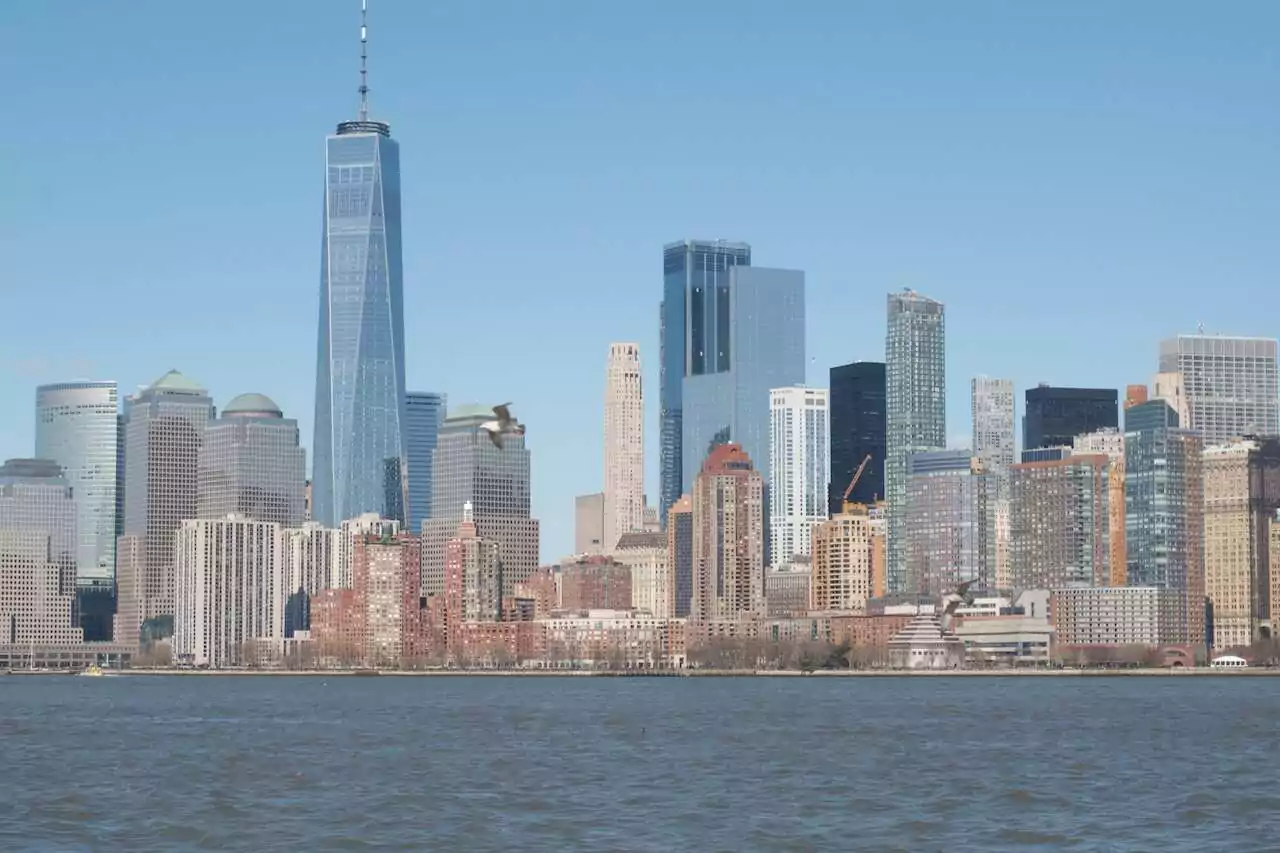
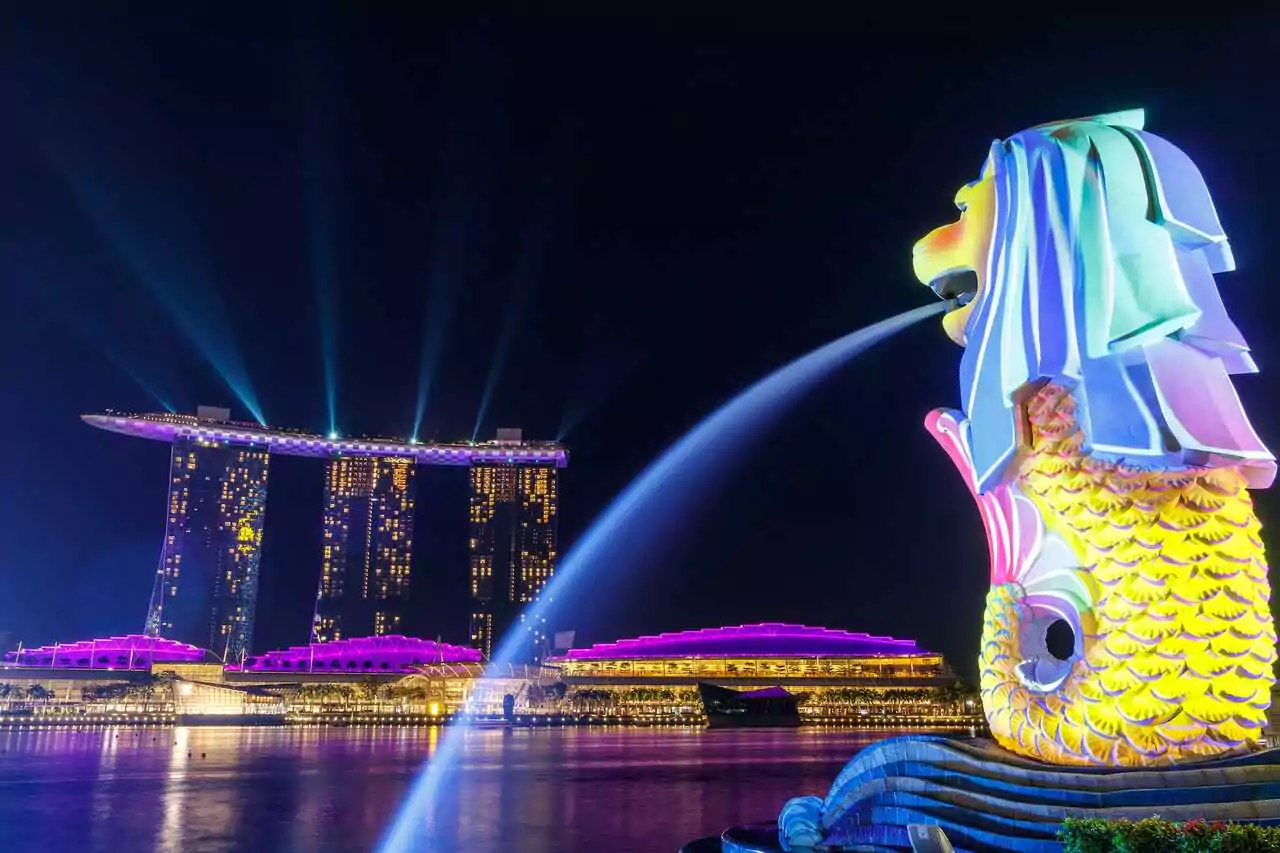

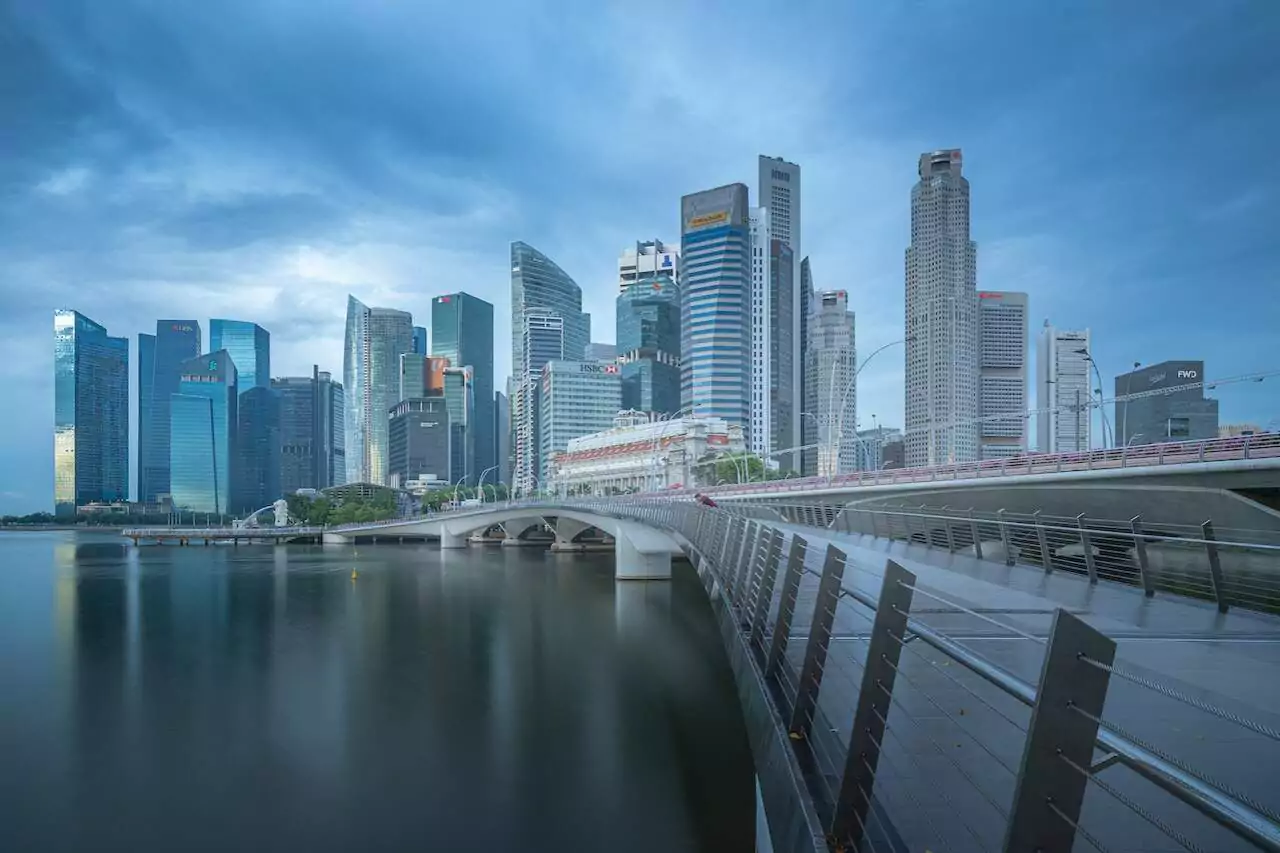

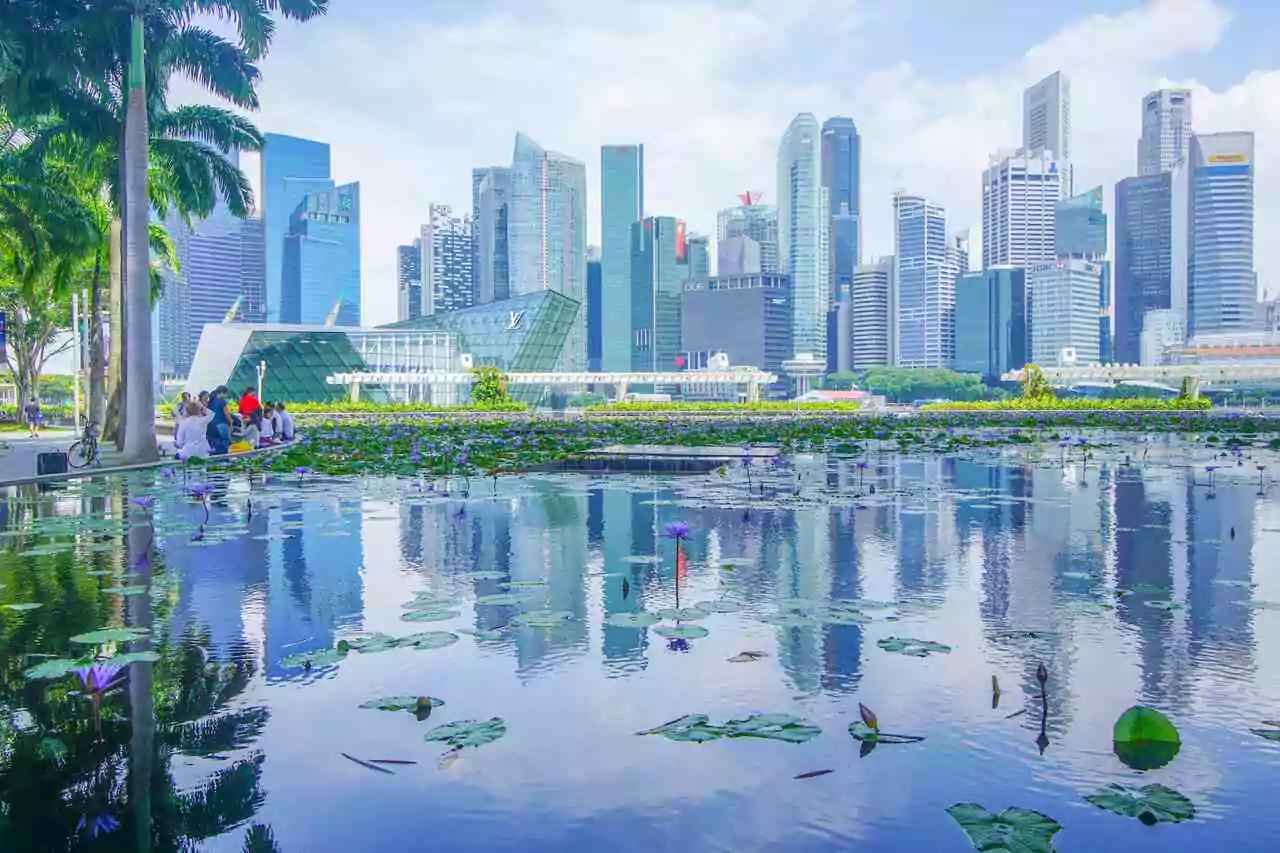
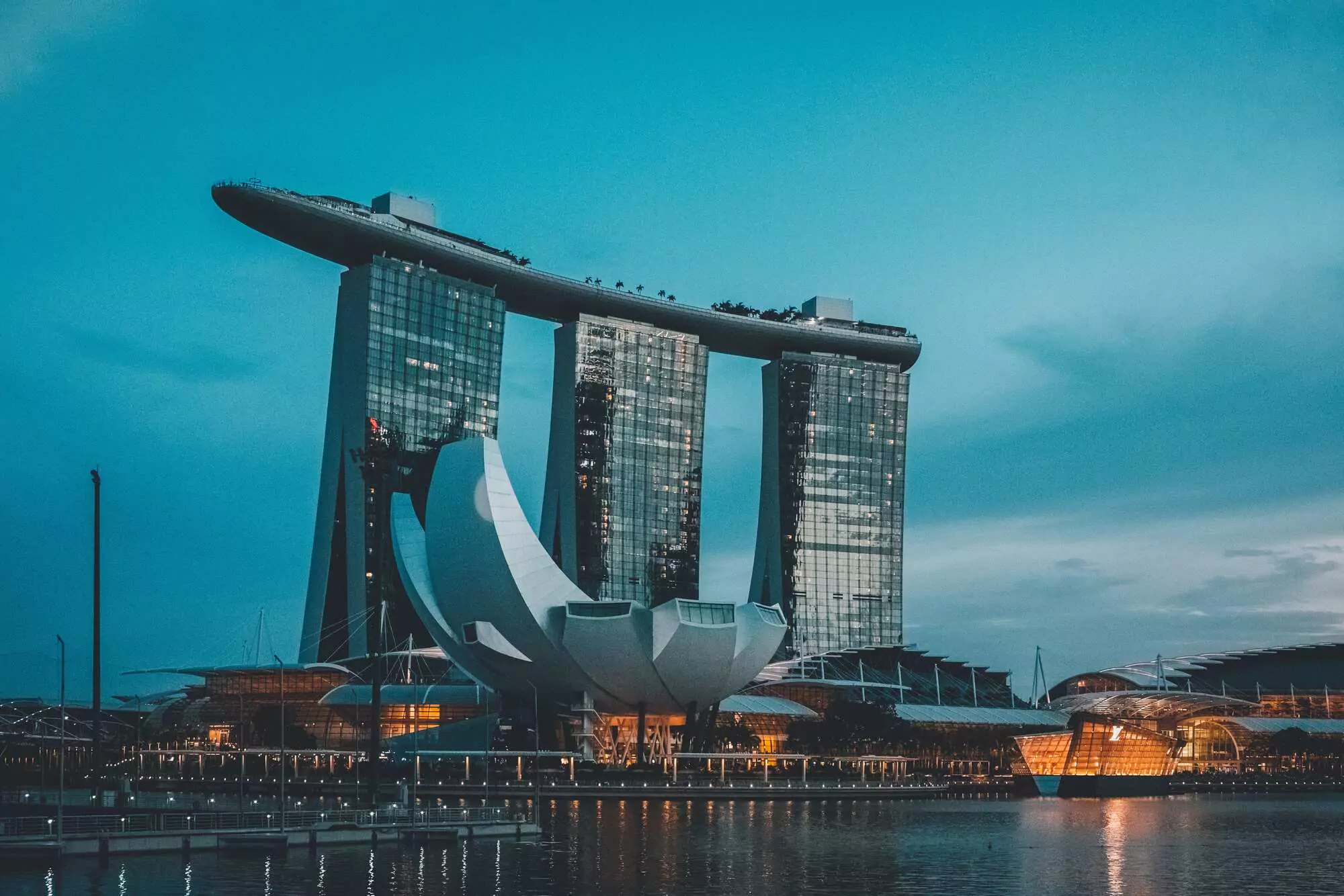

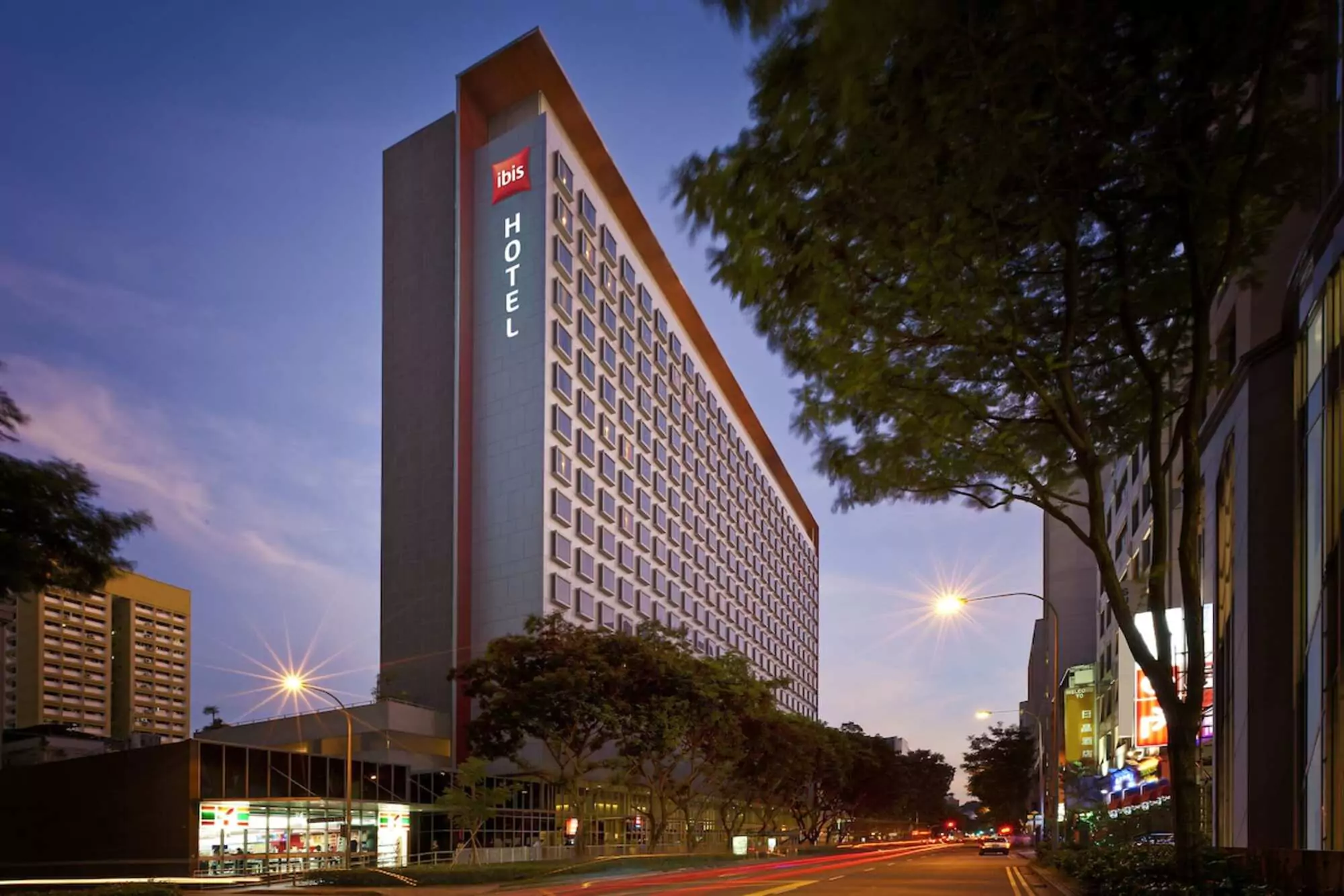
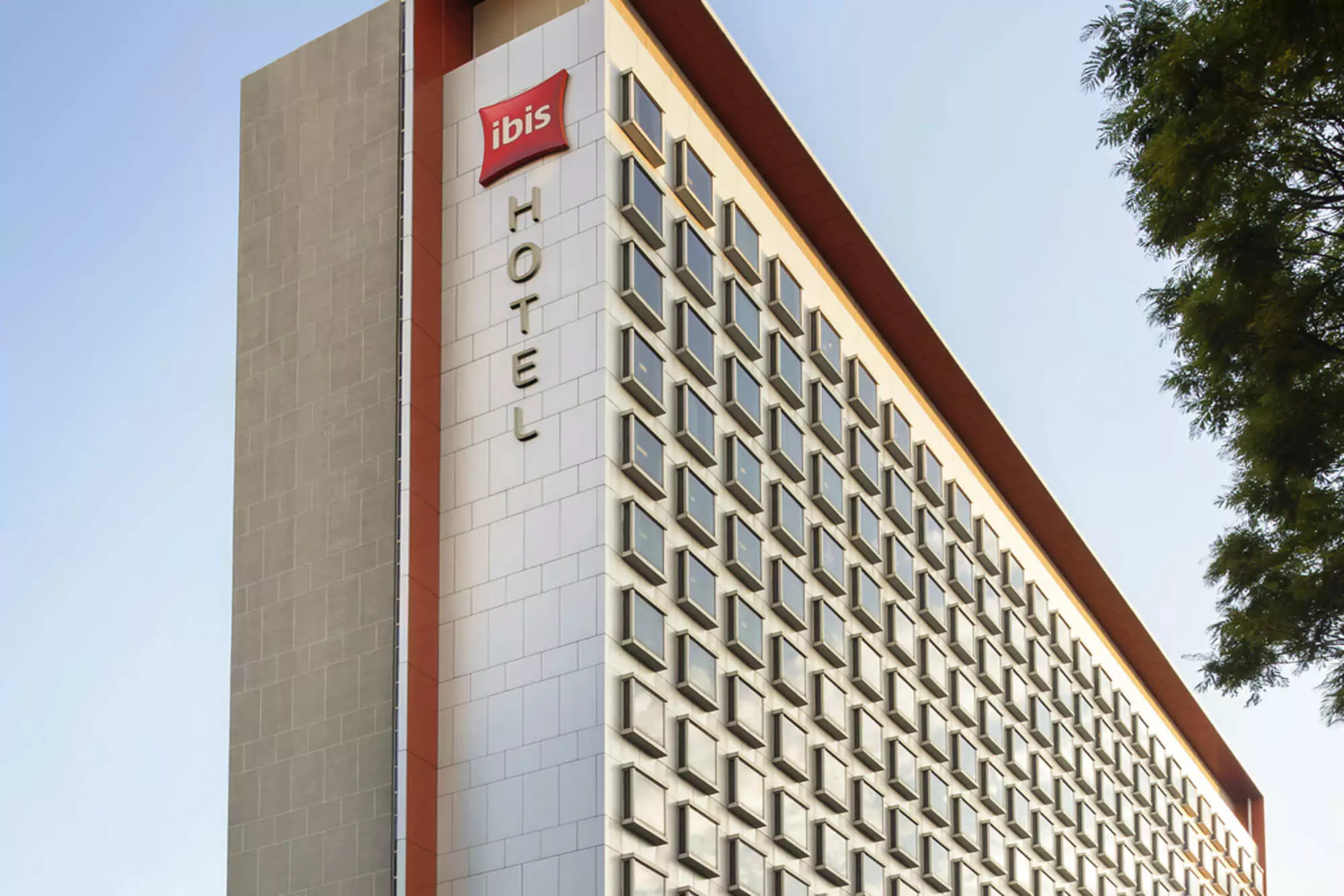


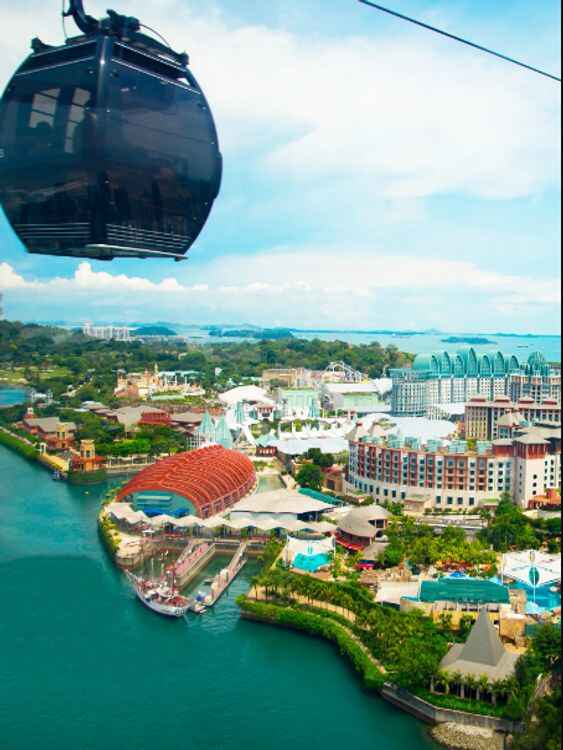
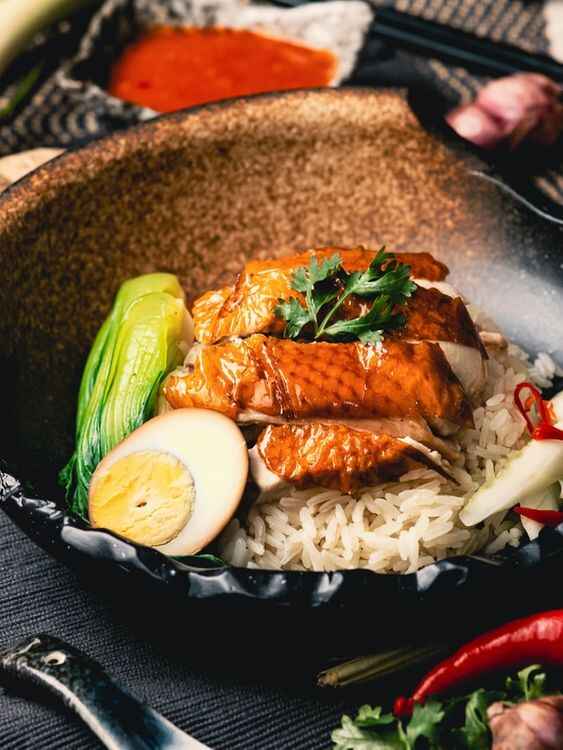

 Enquiry Now
Enquiry Now